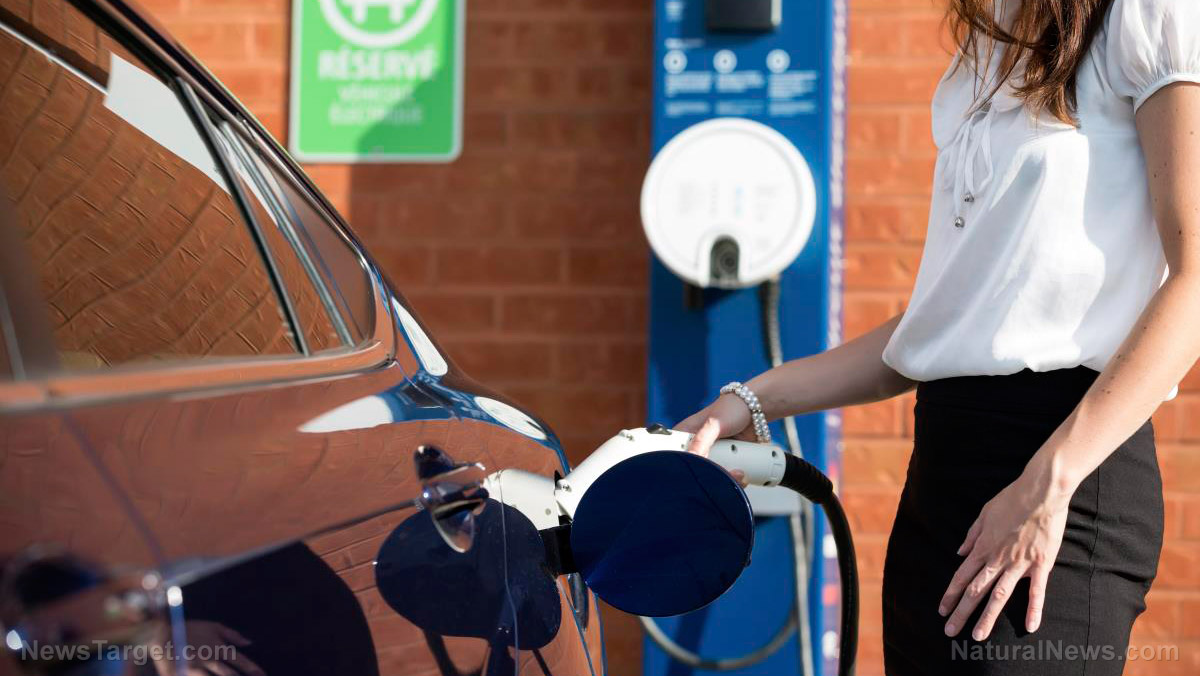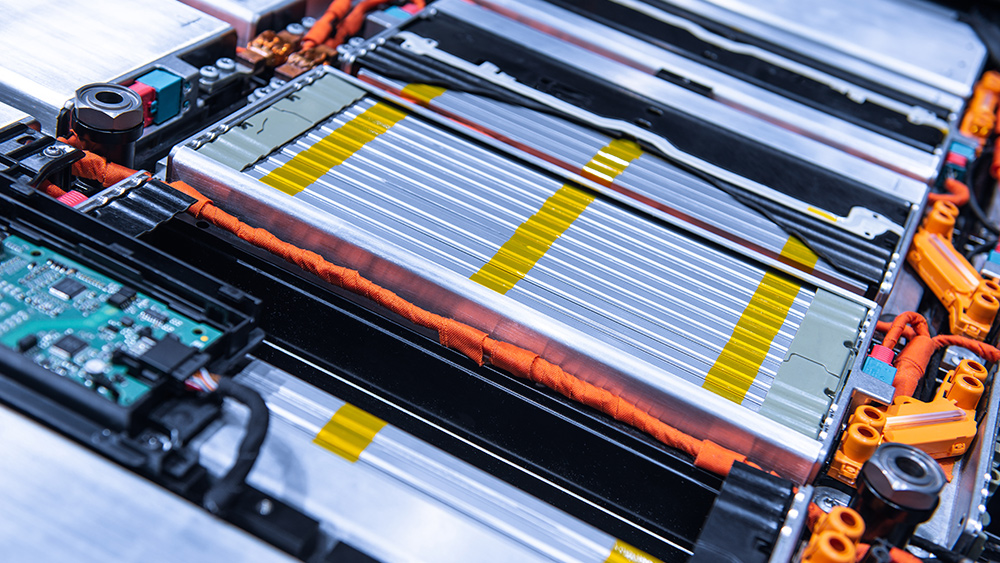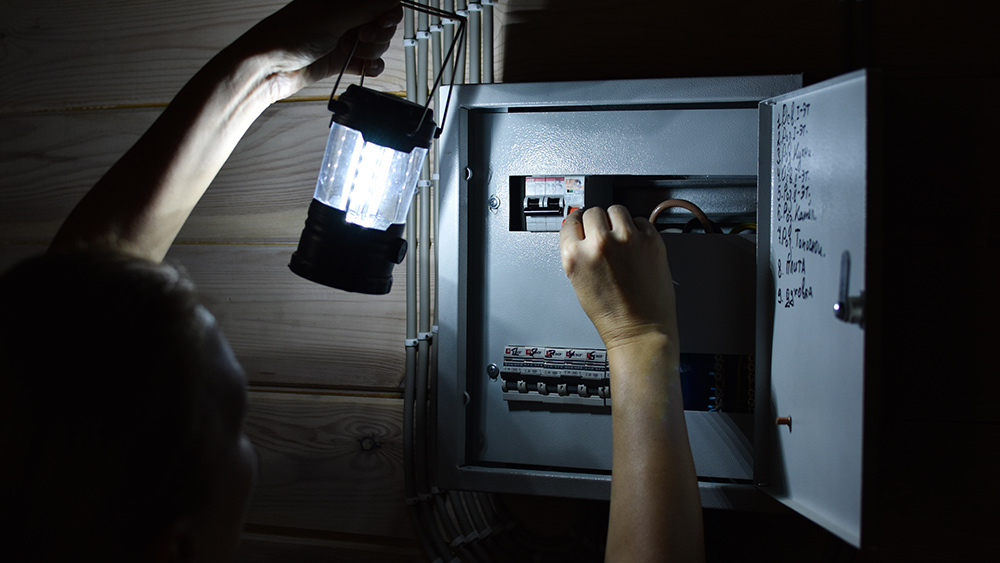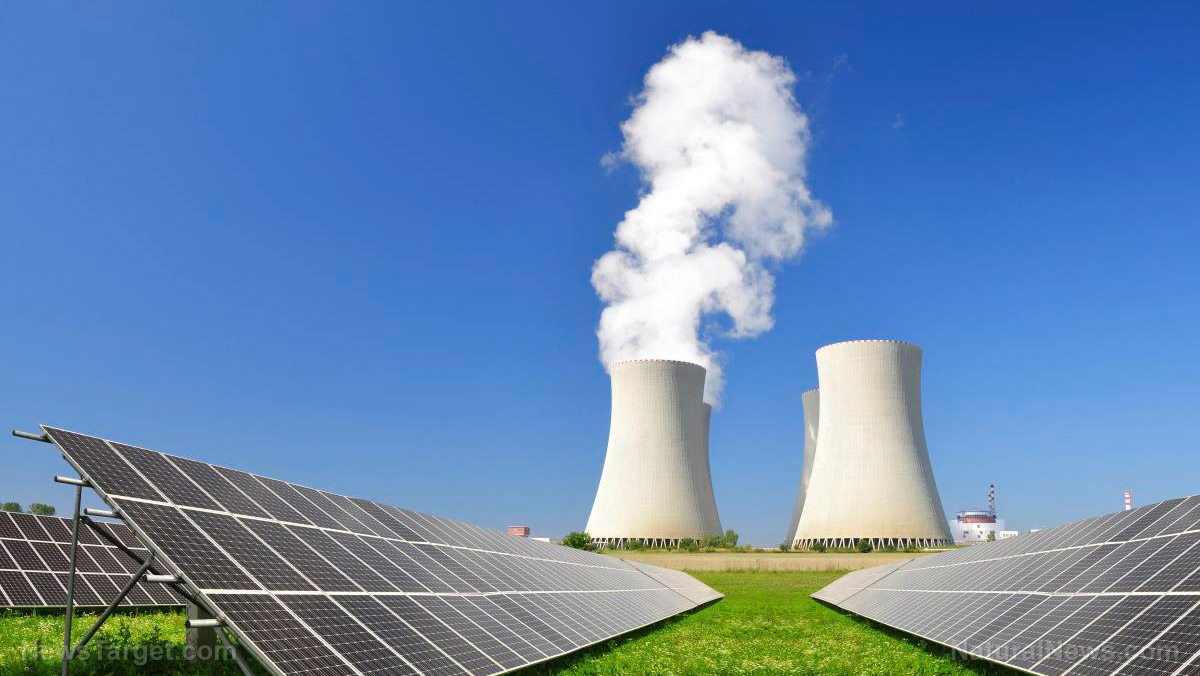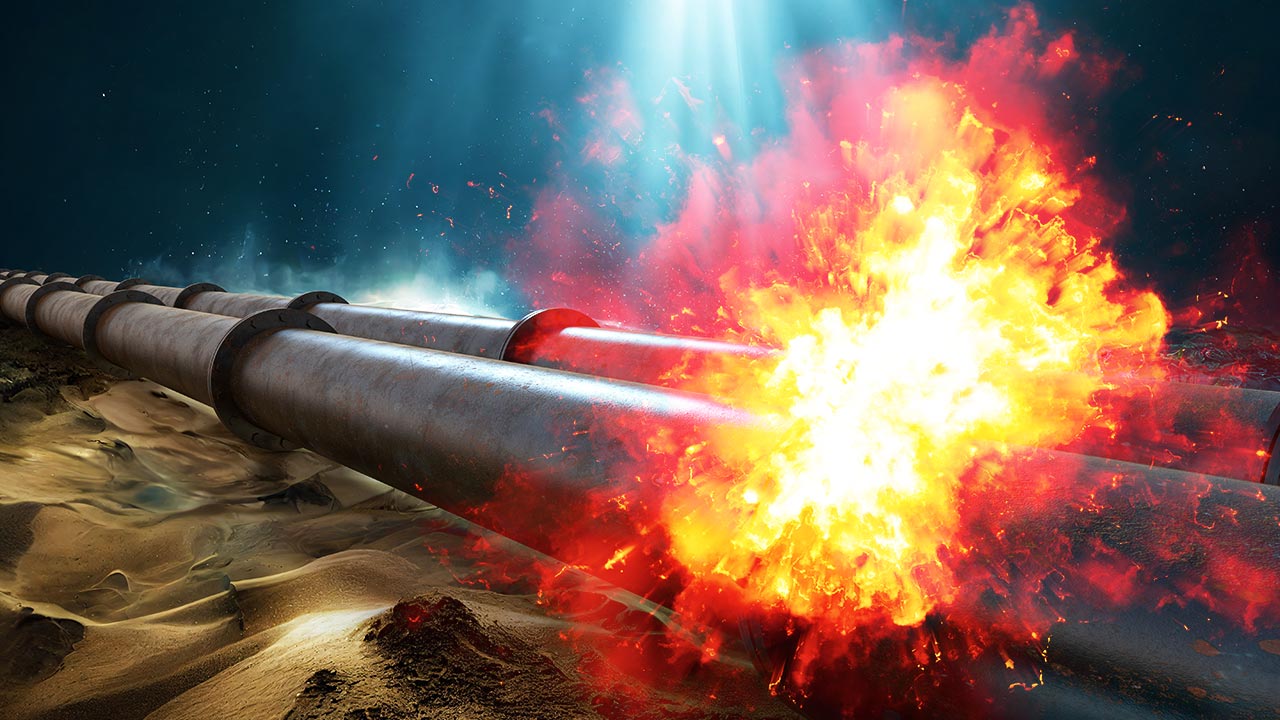China’s 4th-generation nuclear plant now FULLY OPERATIONAL
12/13/2023 / By Richard Brown

The inaugural fourth-generation nuclear power plant (NPP) in the world, which is based in China’s Shandong province, has officially commenced commercial operations.
China’s National Energy Administration (NEA) announced that the Shidao Bay NPP, commonly known as Shidaowan, is now online. The power plant uses a high-temperature gas-cooled reactor (HTGR), which completed a 168-hour continuous test prior to operations.
According to the International Atomic Energy Agency (IAEA), innovative reactors such as the HTGR can generate up to 70 times more energy; enhance the sustainability of nuclear power; and contribute to reducing the volume, toxicity, and lifespan of radioactive waste.
Meanwhile, the NEA said China has achieved a world-leading position in the research, development and application of fourth-generation nuclear power technologies. The commissioning of the Shidao Bay NPP is expected to support the safe development of nuclear power and enhance China’s scientific and technological innovation capabilities. (Related: Russia and China dominate nuclear electricity generation industry ahead of the U.S.)
Zhang Zuoyi, chief designer of the HTGR nuclear power plant program, highlighted the key feature of “safety.” He emphasizing the reactor’s ability to maintain a safe state and avoid a meltdown or radioactive material leak. Even in the event of a total loss of cooling capacity, the reactor can reportedly maintain this capability without intervention.
The Shidaowan project commenced its preliminary work in March 2002 when the stat-owned China Huaneng Group (CHNG) collaborated with China National Nuclear Corp. (CNNC) and Tsinghua University on the NPP demonstration project.
Although the implementation plan was approved in March 2011, it faced delays following the Fukushima NPP radiation accident in Japan, which occurred in the same month due to an earthquake and subsequent tsunami. The Shidaowan project was officially launched in December 2012, with the first power generation occurring nine years later in 2021.
China ranks third globally in nuclear power generation, following France and the U.S., according to the IAEA. The country is anticipated to lead the world in installed nuclear power capacity by 2030.
HTGR uses helium gas instead of water for cooling
The HTGR at Shidaowan – co-developed by CHNG, CNNC and Tsinghua – utilizes helium gas for cooling instead of traditional water-cooling methods. This enhances safety, paving the way for more inland nuclear plants that do not rely on proximity to a water source.
High-temperature reactors like the Shidaowan HTGR have the potential to produce heat, power and hydrogen, contributing to global efforts to achieve carbon neutrality. This fourth-generation reactor design aims to succeed existing water-cooled nuclear reactors globally, prioritizing safety, sustainability and efficiency.
Zhang, who also serves as the dean of Tsinghua’s Institute of Nuclear and New Energy Technology, highlighted the positive environmental impact and potential for carbon-neutral energy generation through high-temperature reactors. The reactor’s design focuses on higher temperatures, enabling the generation of electricity and hydrogen contributing to a cleaner energy mix.
The Shidaowan facility comprises two 250-megawatt thermal reactors and a 200-megawatt steam generator. Approximately 93.4 percent of the materials used in the HTGR were domestically sourced. The design incorporates inherent safety features, ensuring the core remains stable in the event of a sudden failure or external disturbance.
Fourth-generation reactors, including the Shidaowan HTGR, align with the goals of the Gen IV International Forum (GIF), an international cooperative framework of major nuclear nations. GIF aims to limit environmental impact, reduce nuclear waste, minimize the risk of nuclear meltdowns, and curb opportunities for nuclear proliferation.
While Shidaowan is the first HTGR to enter commercial operation globally, other Chinese fourth-generation projects are in progress. The Xiapu sodium-cooled fast reactor pilot project in Fujian province, managed by CNNC, is under construction and is expected to be grid-connected by 2025. Sodium-cooled fast reactors, unlike HTGRs, can recycle depleted uranium for fuel reuse, enhancing sustainability.
China’s growing nuclear capacity positions it as a global leader in the sector, with plans to increase its installed nuclear power capacity significantly by 2030. Despite progress, nuclear power currently constitutes only five percent of China’s energy generation, highlighting the ongoing reliance on coal, according to the World Nuclear Association.
Visit Nuclear.news for more stories about nuclear plants around the world.
Watch this video about China limiting exports of graphite, impacting 90 percent of the world’s production.
This video is from the Cynthia’s Pursuit of Truth channel on Brighteon.com.
More related stories:
Clean energy breakthrough: eVinci nuclear microreactor from Westinghouse receives DOE contract.
German economy collapsing after nation abandoned nuclear energy – prices soar, industries implode.
Sources include:
Submit a correction >>
Tagged Under:
breakthrough, carbon-neutral energy generation, China, electricity, energy supply, environment, future science, future tech, green living, Green New Deal, high-temperature gas-cooled reactor, inventions, new energy report, nuclear, nuclear energy, nuclear power, power, power generation, power grid, power plant, progress, Shidao Bay NPP, Shidaowan
This article may contain statements that reflect the opinion of the author
RECENT NEWS & ARTICLES
COPYRIGHT © 2022 EnergySupply.news
All content posted on this site is protected under Free Speech. EnergySupply.news is not responsible for content written by contributing authors. The information on this site is provided for educational and entertainment purposes only. It is not intended as a substitute for professional advice of any kind. EnergySupply.news assumes no responsibility for the use or misuse of this material. All trademarks, registered trademarks and service marks mentioned on this site are the property of their respective owners.




